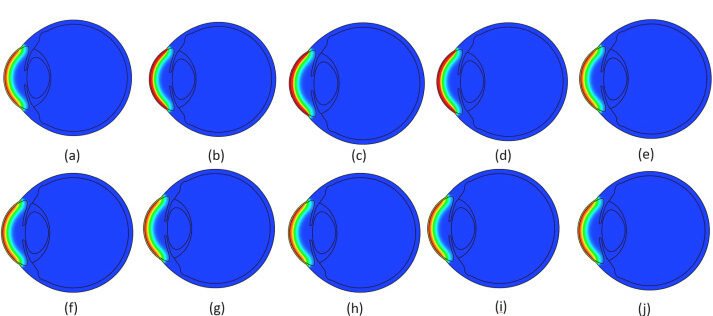
In the intricate world of biomedical engineering, Computational Fluid Dynamics (CFD) analysis serves as a powerful tool, offering a window into the inner workings of the human body and medical devices. From understanding blood flow patterns to optimizing drug delivery systems, CFD analysis plays a pivotal role in advancing healthcare and medical innovation. Let’s delve into the fascinating realm of biomedical CFD analysis and uncover its transformative impact on research, diagnosis, and treatment.
Unveiling the Complexity of Biological Systems
Biomedical CFD analysis allows researchers and engineers to simulate and visualize fluid flow within biological systems with remarkable precision. Whether it’s modeling blood flow through arteries, airflow in the respiratory system, or drug dispersion in tissues, CFD provides invaluable insights into the complex interactions that govern physiological processes. By unraveling the intricacies of these systems, biomedical CFD analysis helps researchers gain a deeper understanding of disease mechanisms and therapeutic interventions.
Enhancing Medical Device Design and Optimization
In addition to studying biological systems, CFD analysis is instrumental in designing and optimizing medical devices and implants. By simulating fluid flow and heat transfer within devices such as stents, pacemakers, and drug-eluting implants, engineers can refine designs, improve performance, and ensure patient safety. Biomedical CFD analysis enables the evaluation of factors such as flow velocity, shear stress, and particle deposition, guiding the development of innovative medical technologies that enhance patient outcomes.
Revolutionizing Drug Delivery Systems
One of the most promising applications of biomedical CFD analysis lies in the realm of drug delivery. By simulating the behavior of pharmaceutical formulations within the body, researchers can optimize drug delivery systems for targeted and controlled release. From inhalable aerosols to transdermal patches, CFD analysis enables the design of drug delivery devices that maximize efficacy while minimizing side effects. This precision in drug delivery holds immense potential for personalized medicine and the treatment of a wide range of diseases.
Advancing Surgical Planning and Intervention
CFD analysis is also transforming the landscape of surgical planning and intervention, offering surgeons valuable insights into patient-specific anatomy and physiological conditions. By simulating blood flow dynamics, tissue deformation, and device interactions, biomedical CFD analysis helps surgeons plan complex procedures, optimize surgical techniques, and minimize risks. From cardiac surgeries to neurosurgical interventions, CFD-guided approaches are revolutionizing patient care and improving surgical outcomes.
Embracing the Future of Biomedical Engineering
As technology continues to evolve, the future of biomedical CFD analysis holds boundless possibilities for innovation and discovery. From developing next-generation medical devices to revolutionizing drug delivery and surgical techniques, CFD analysis will continue to play a central role in shaping the future of healthcare. By fostering collaboration between engineers, clinicians, and researchers, biomedical CFD analysis paves the way for transformative advancements that have the potential to revolutionize patient care and improve quality of life worldwide.
